New York Times: “Classics on 4 Wheels or 2 at the Radnor Hunt Concours”
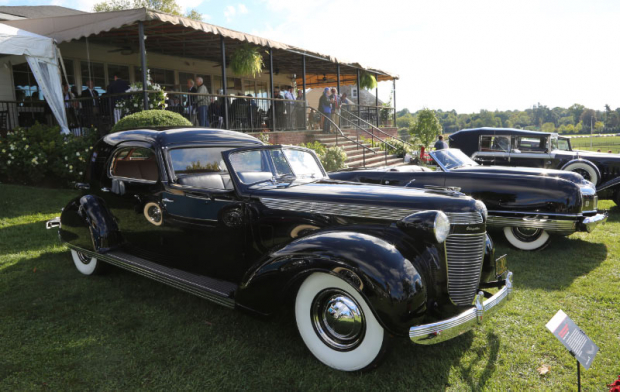
New York Times reporter Fred Heiler has reviewed last Sunday's Radnor Concours d'Elegance with a shout-out to the 1937 Chrysler's Chrysler.
Enjoy,
Howard
The New York Times Collectible Cars
Classics on 4 Wheels or 2 at the Radnor Hunt Concours
By Fred Heiler Sept. 16, 2014
MALVERN, Pa. — Each September, the Radnor Hunt club’s manicured pastures and bucolic hills become a stage for some of the finest classic cars and motorcycles in North America.
This year the show, the 18th Annual Radnor Hunt Concours D'Élégance, featured special classes of rare Chryslers, compelling Vincent motorcycles and an eclectic group of Ford-powered classics, along with the expected brands, including Pierce-Arrow and Porsche. My view from the club’s porch showed the breadth of entries at the gathering, which was held last weekend: a 1936 Indian Four motorcycle painted in Mohawk Green (Indian’s shade of chartreuse) with fringed saddlebags, and just beyond it, a new silver Porsche 918 Spyder.
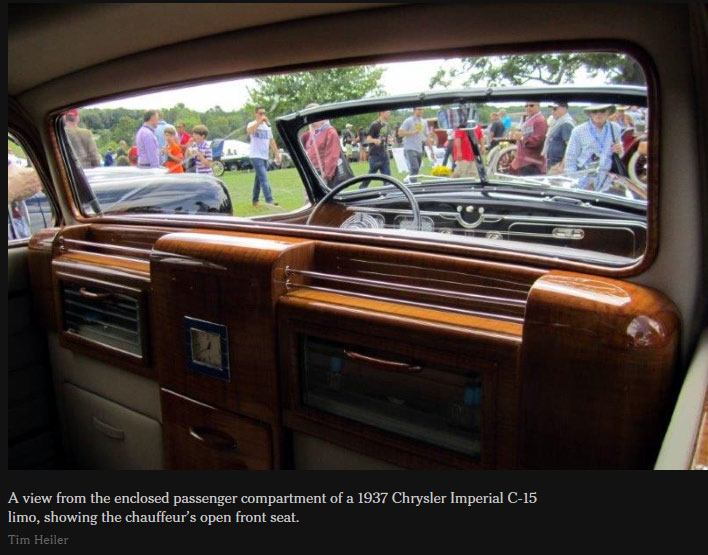
I thought one of the most impressive classic Chryslers at the show was a 1937 Imperial C-15 limousine that Walter P. Chrysler had custom-built for his wife, Della, by the LeBaron coach builders. The Art Deco seven-passenger car has an open front seat for the chauffeur but an enclosed passenger compartment with power windows and door locks — unusual for its time.
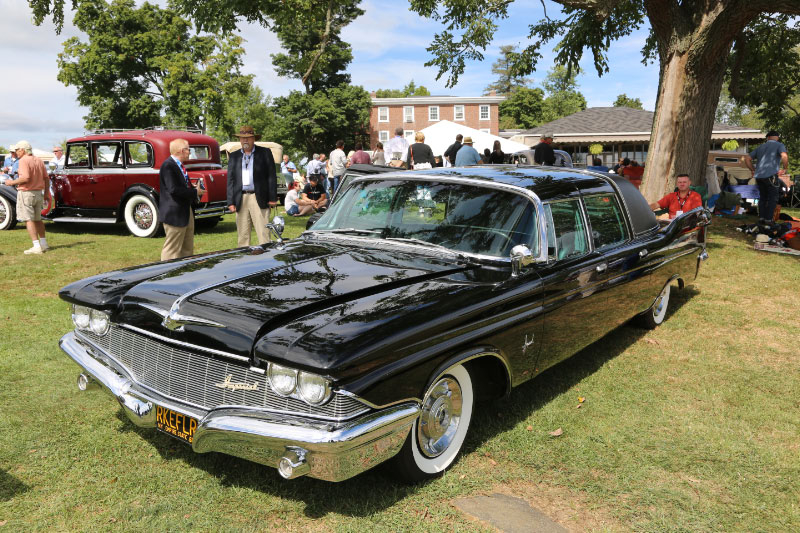
Another notable limousine at the show was a 1960 Chrysler Imperial with a 20-inch stretch, designed and built in Italy by Ghia for Gov. Nelson A. Rockefeller of New York. Of the 17 produced in 1960, Rockefeller’s car and one other — that used by Jacqueline Kennedy when she was the country’s first lady— came with parade lights mounted behind the grille.
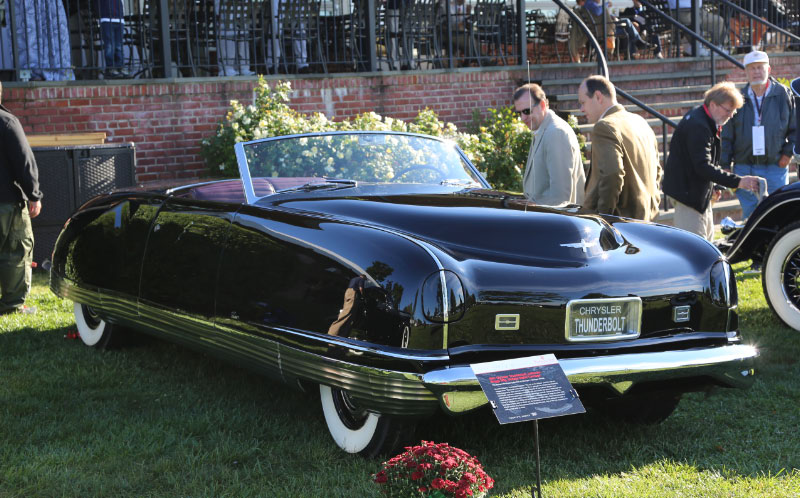
However, by far the most eye-catching car in the Chrysler lineup was the 1941 Thunderbolt roadster, which the company called at the time the Car of the Future. One of only five cars produced for a promotional tour, the odd-looking Thunderbolt has an unusually smooth, aerodynamic body. It was designed by Alex Tremulis and has several features that didn’t show up in production cars until decades later — notably, a retractable metal roof and concealed headlights.
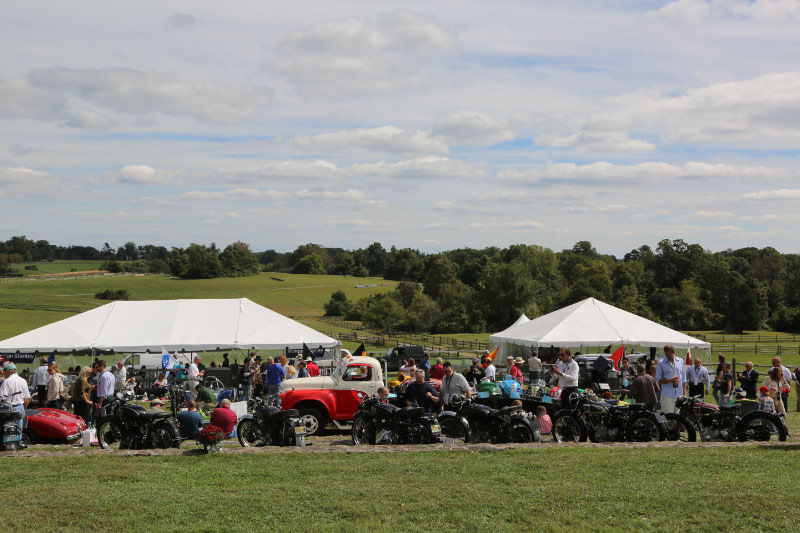
On equal footing with the cars were the 24 British-built Vincent motorcycles on display. Already legendary in the 1960s as the consummate muscle bike, the Vincent’s appearance is dominated by an exposed engine, a handsome V-twin power plant that resembles a Harley’s but is more graceful. While most of the Vincents at the Radnor show were black (bolder buyers got a chrome front fender), one of the most appealing was finished in bright red, a seldom-ordered factory color.
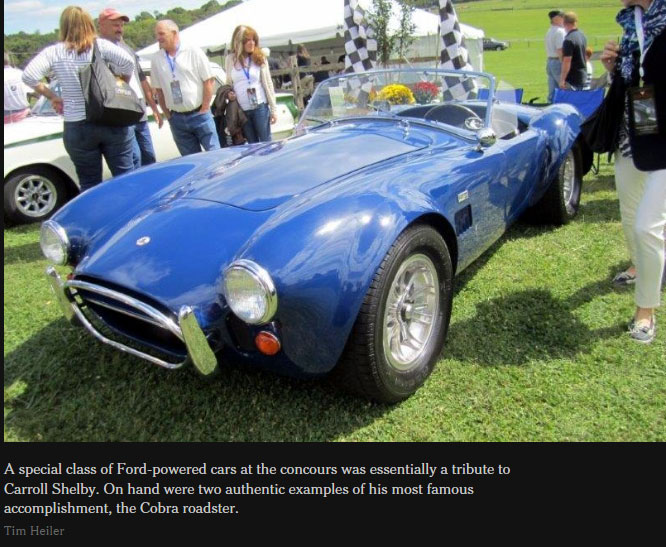
Down the hill from the motorcycles was a row of diverse vehicles, all powered by Ford V8 engines. For the most part, this class was a tribute to the late Carroll Shelby, who made a name for himself by shoehorning Ford V8s into relatively small cars. On hand were two authentic examples of his most famous accomplishment: the Cobra roadster.
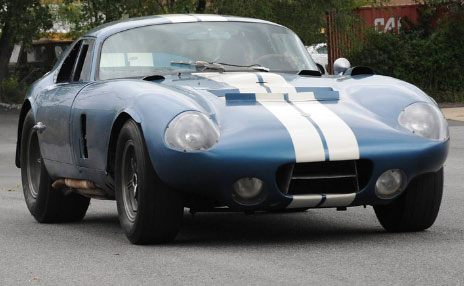
When Mr. Shelby’s team couldn’t get the open Cobra to go fast enough on the long straights of the Le Mans racecourse, it built a more aerodynamic enclosed version, the Daytona Coupe, which ultimately won the Le Mans 24-hour endurance race. Six were built, and thanks to the Simeone Foundation Automotive Museum, the only unrestored Daytona Coupe was in attendance at Radnor Hunt.
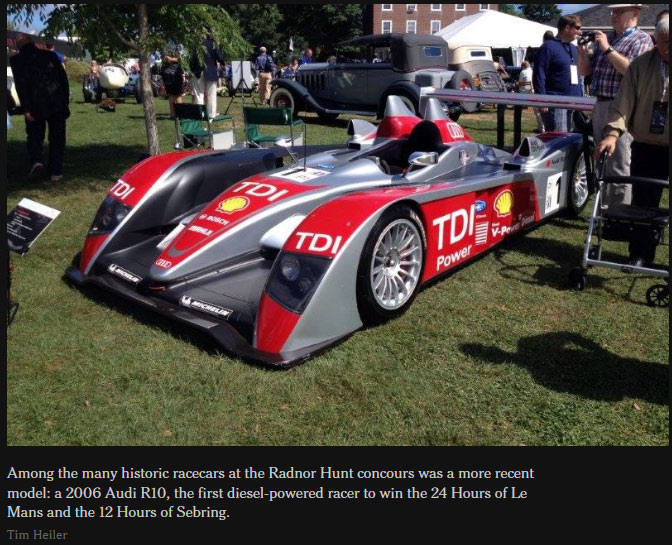
A large contingent of pure racecars ranged from a 1912 Mercedes Grand Prix Special to a 1967 Lotus Mark 51 Formula Ford; notable models included a 1929 Bugatti Type 45 Grand Prix car and a 1921 Duesenberg French Grand Prix racer. Perhaps the most significant was a 2006 Audi R10, the first diesel-powered racecar to win the 24 Hours of Le Mans and the 12 Hours of Sebring in Florida.
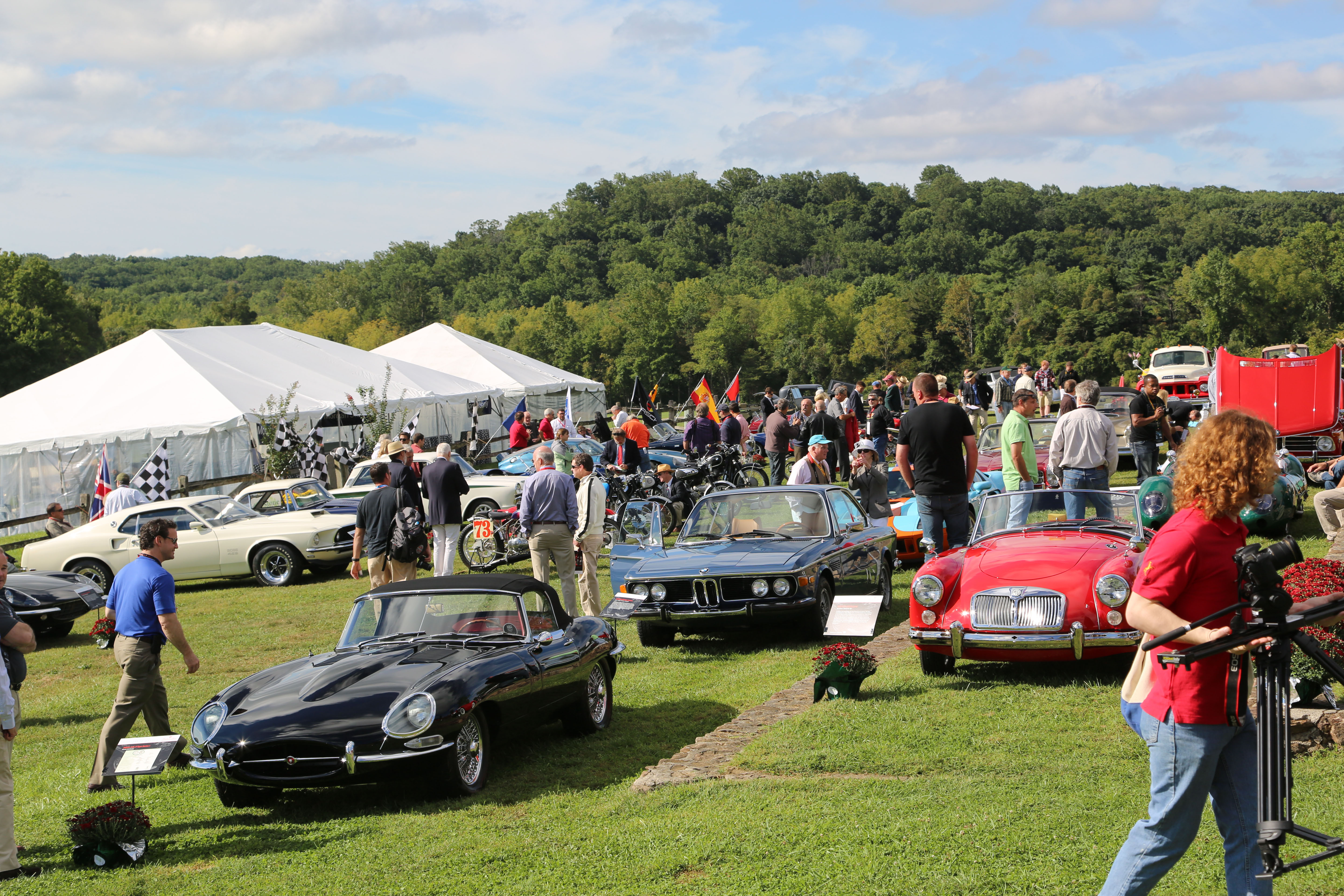
This year, the Radnor Hunt concours covered more acreage than ever, with a burgeoning presence of regional car clubs, each with its own impromptu display of members’ cars. Official entrants came from all over the country, but many were from nearby towns and neighboring counties.

Among other things, the field of the Radnor Hunt concours demonstrated the growing interest in preserving fine classic cars in their original condition. More and more entries don’t come with the perfect paint and upholstery that was required a decade or two ago. These preservation-class cars proudly display nicks, scratches and metal rubbed bare — the patina of many decades of driving fun.

Comments
Can’t get enough, keep it coming, it’s fantastic coverage
From Robert R:
Wonderful NYT piece!